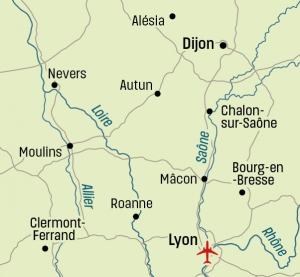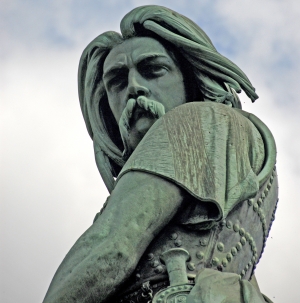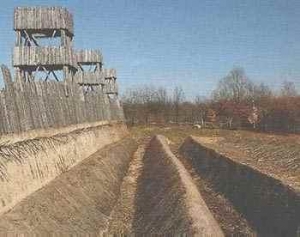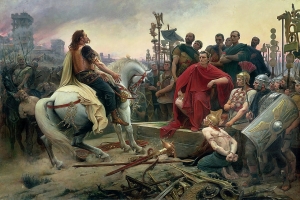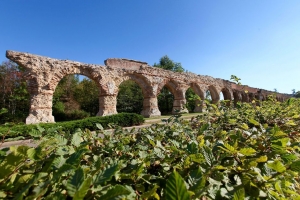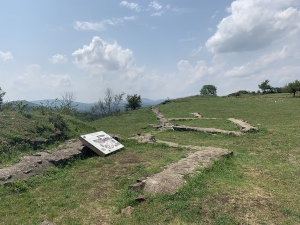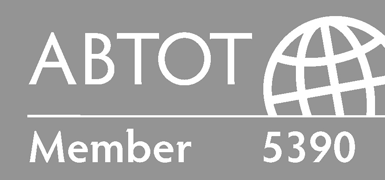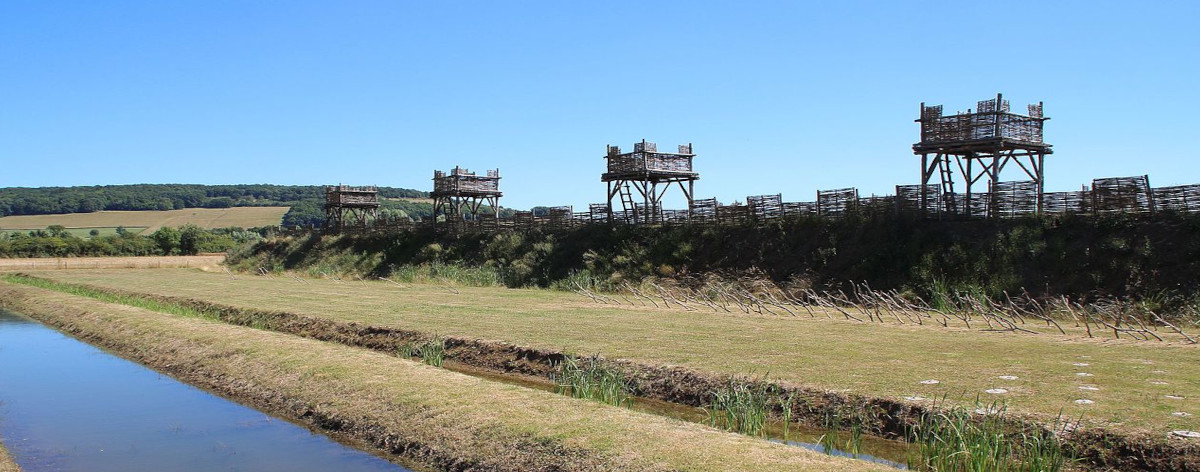
Caesar in France
To be confirmed
Caesar in France
Tour Introduction
This tour will give you a fantastic opportunity to learn about the dramatic battle for Gaul from one of the UK’s leading Roman specialists, Dr Andy Fear. Starting in Lyon (Roman Lugdunum) we visit the amazing theatre and museum and gain an appreciation of the cultural sophistication of the prosperous capital of Roman Gaul. We then move to the battle site of Gergovia – scene of a Roman defeat – then the beautiful city of Clermont Ferrand and the unusual temple of Mercury atop nearby Puy de Dôme. Moving north we enjoy the amazing Gallic settlement of Bibracte and learn about the lives of the post-bellum population who adapted the Roman way of life, the Gallo-Romans. Nearby is the site of an early Roman victory in the wars against the Helvetii. At Alesia we visit the site of the most dramatic and climactic battles of the wars when Caesar laid siege to the town by building an enormous dual line of fortifications to hem his opponent in. The excellent museum here describes this drama and has incredibly realistic reconstructions of these circumvallations. The Gallic chief Vercingetorix finally surrendered but not before tens of thousands of the population had been killed or starved to death. The nearby statue of Vercingetorix adds a special sense of poignancy to the site. We proceed to Dijon and its excellent archaeological Museum before returning to Lyon and our flight home.
This is a tour that will capture your imagination like no other.
Background
I came, I saw, I conquered. There can be few campaigns conducted by Julius Caesar that reflect the sober truth of this, somewhat overused, saying. The Gallic Wars (58-50 BC) were a ferocious and bloodthirsty series of conflicts across wide tracts of France (and included the invasion of Britain in 55 BC).
Compared to the Roman Empire the tribes of Gaul were an ancient and well-established presence in what is now modern France. Conflict between Gallic tribes and Rome was nothing new but what precipitated the wars were a series of tribal migrations into the area from 58 BC which threatened the integrity of the Empire’s natural border on the Rhine. Caesar resolved to conquer all of Gaul and after a Roman defeat at Gergovia Gallic resistance was eventually crushed at Alesia (52 BC). The tribes had put up a spirited and desperate resistance but were no match for Rome’s sophisticated military discipline and steely determination. Rome had secured her natural border with the Rhine and the rich potential of Gaul’s land were hers for the taking.
Highlights
- Visit the vibrant city of Lyon, Roman Lugdunum, with its amazing classical theatres
- Enjoy the view from the top of Puy de Dome from the Temple of Mercury
- Expore Gallo-Roman life at the archaeological site of Bibracte
- View amazing archaeological artefcats at some of the region's best museums
- Gaze at the treasures discovered at the Tomb of Vix
- Marvel at the extraordinary siege of Alesia and the exhaustive efforts made by Caesar to hem in his opponents
- Savour sumptuous French cuisine in the bouchons of Lyon
What's Included
- 4 Star Hotels
- Return flights from London (optional)
- Expert historians throughout providing a daily variety of talks, presentations and Q&A
- Dedicated Tour Manager
- Dinner parties hosted by your expert historians and tour manager
- The company of like-minded travelers
- Helpful and friendly travel advice
- Meals as indicated in the itinerary
- Two drinks i,e wine or beer at each dinner and a welcome drink on first evening
- Entrance fees for sites included in itinerary
- Tour information booklet
- Modern, comfortable, air-conditioned coach
Itinerary
Day 1
Fly London to Lyon or make your own arrangements to join the tour at the hotel. Spend the afternoon exploring historic Roman Lugdunum and visit its superb Roman theatres and museum. Here we can view the remarkable Claudian Tablet which reproduces in bronze the speech that the Emperor Claudius, born in Lyon, gave in 48 AD in favour of the Gauls. Dinner here may well be in one the city’s celebrated bouchons. Hotel in Lyon – 1 night. (D).
Day 2
Drive to Chaponost aqueducts then the Gergovia Museum and Battle site. Here we learn about the background to the battle and the Arverni tribe as well as the military technology both sides used. We can also view the amazing Corent warrior weapons trophy. Continue to Clermont Ferrand. Here we enjoy a pleasant evening in the city and visit the Vercingetorix statue. Hotel in Clermont – 1 night. (B, D).
Day 3
Drive to Puy de Dôme to visit the lofty Temple of Mercury via a cog railway. With its origins around 50 AD by the second century AD this was an important Gallo-Roman shrine dedicated to Mercury "Dumiatis". Drive to Dijon and our hotel for 3 nights. (B, D).
Day 4
Explore Autun Roman Theatre in its stunning arboreal setting. Built around 70 AD this was the second largest in the Roman world. Drive to Bibracte where we walk the ramparts of this fascinating Gallo-Roman oppidum (town). The museum here provides a priceless opportunity to get close to the pre-Roman Gallic culture that was conquered by Caesar. Drive back to Dijon. (B, D).
Day 5
An early start to drive to Alesia where we learn about the startling story of what was probably the most extensive siege in Roman history. In 52 BC Caesar surrounded the young Arvernian ruler Vercingetorix and other chiefs in this oppidum. The superb museum here describes these events brilliantly and the extent of the Roman counter-fortifications (circumvallations) is shown by the nearby reconstructions.
We then drive from Alesia to the Châtillon-sur-Seine Museum where we view the Vix treasure, including the exquisite Crater, discovered in the nearby site of the tomb of the so-called Lady of Vix, dating to around 500 BC. When opened this had never been disturbed and contained remarkably rich grave offerings. If time we will then drive to nearby Mont Lassois where the Vix tomb was discovered. Drive back to Dijon. (B, D).
Day 6
Visit Dijon Archaeological Museum set in the stunning Benedictine Abbey of Saint-Bénigne. Here we benefit from the highly informative daily life in the Gallo-Roman era exhibition. Drive to the Gallo-Roman vicus at Les Bolards at Nuits Saint Georges where we enjoy the museum and site. Drive Dijon – Lyon. Hotel in Lyon – 1 night. (B, D).
Day 7
Enjoy some free time in this lively city perhaps savouring one of its famous morning snacks, made popular by former Lyonnaise silk workers. Fly Lyon to London or perhaps extend your stay in France. (B).

